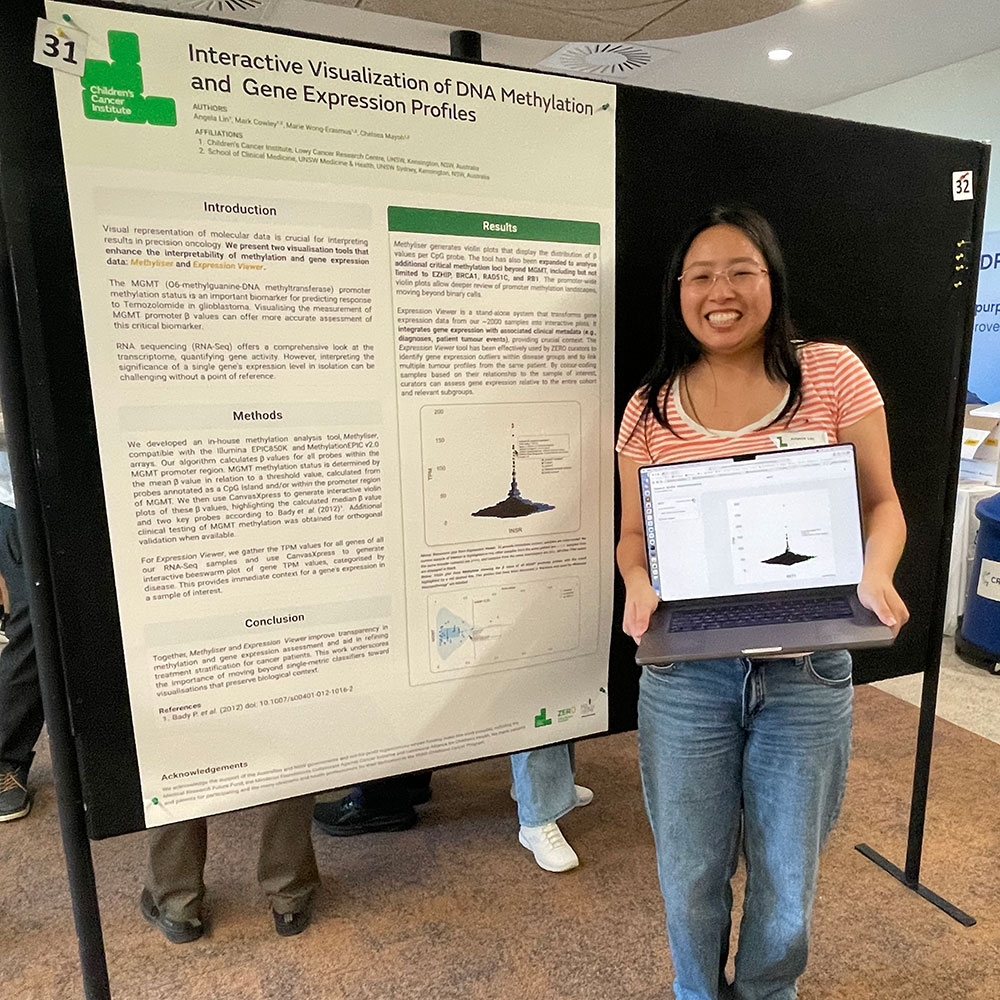We hear about clinical trials in the news, but what exactly are they? A clinical trial is a carefully-controlled medical research study that tests, in human patients, a potential new treatment for a particular health condition. They are an essential step in taking experimental treatments, like the ones emerging from our research at Children’s Cancer Institute, from lab bench to hospital bedside.
In the lab, researchers identify and rigorously test a potential new treatment. If it passes those initial lab tests, the potential treatment is then carefully tested in a hospital or treatment centre in a group of medically-supervised patients. This is to determine whether it’s safe and whether it’s more effective than the standard treatment. Clinical trials are considered the best way to do this. For researchers and clinicians, they’re the ‘acid test’. In fact, the first clinical trial really WAS an acid test.
On 20 May 1747, Dr James Lind, a ship’s physician, conducted what many regard as the first clinical trial. He was looking for a cure for scurvy, a deadly disease that had plagued sailors for centuries. The approach he took was methodical and ingenious. His theory was that an acid supplement could prevent scurvy, so he assembled 12 sailors on the ship with typical scurvy symptoms and similar disease severity, and divided them into 6 pairs. Kept together in the sick bay and fed the same diet, each pair received a different ‘acid’ treatment, such as cider, vinegar, or citrus fruit (two oranges and a lemon). The pair who received the oranges and lemon, and that pair alone, got better. Lind had demonstrated how to cure scurvy (which we now know is caused by Vitamin C deficiency) and, in doing so, invented the modern clinical trial.
Today’s clinical trials
The test that Lind implemented in 1747 has similar features to today’s clinical trials. For instance, participants are divided into groups that are as similar as possible -‘matched’ according to age, gender and disease severity. The groups receive different treatments, and participants’ responses are closely monitored.
There have also been many improvements in how clinical trials are run in the intervening centuries. Lind had no control or placebo group, and no ‘standard’ treatment to compare. Not only are clinical trials now more rigorously designed, today’s Australian clinical trials must meet strict requirements in safety, ethics, reporting and more.
Child cancer drug clinical trials

We’ve developed one of the best methods to measure Minimal Residual Disease (MRD, a test of cancer cells persisting throughout treatment) for patients with the commonest childhood cancer, Acute Lymphoblastic Leukaemia (ALL) . We provide MRD diagnostic testing for ALL patients enrolled on several clinical trials.
The drug DFMO, our research found, helps chemotherapy drugs more effectively kill neuroblastoma cells. DFMO is undergoing an international Phase I clinical trial for children with relapsed neuroblastoma led by Sydney Children’s Hospital, Randwick. The cost of DFMO for this clinical trial is being supported by The Kids Cancer Project and Lions Childhood Cancer Research Foundation.
CBL0137 is a potential drug that our research showed prevents cancer cells from repairing DNA damage induced by chemotherapy. It’s in Phase I clinical trials for adult cancers in the US and Russia with plans for a clinical trial in paediatric cancers, including neuroblastoma and brain cancer DIPG.
See a list of clinical trials in Australia and New Zealand and find out how Australians are celebrating International Clinical Trials Day this year. For more information about consumers and clinical trials, download an Australian Government fact sheet (pdf, 267KB).
Top image: Lemons (credit: Rosa-Maria Rinkl – Own work, CC BY-SA 4.0, Wikimedia Commons)















